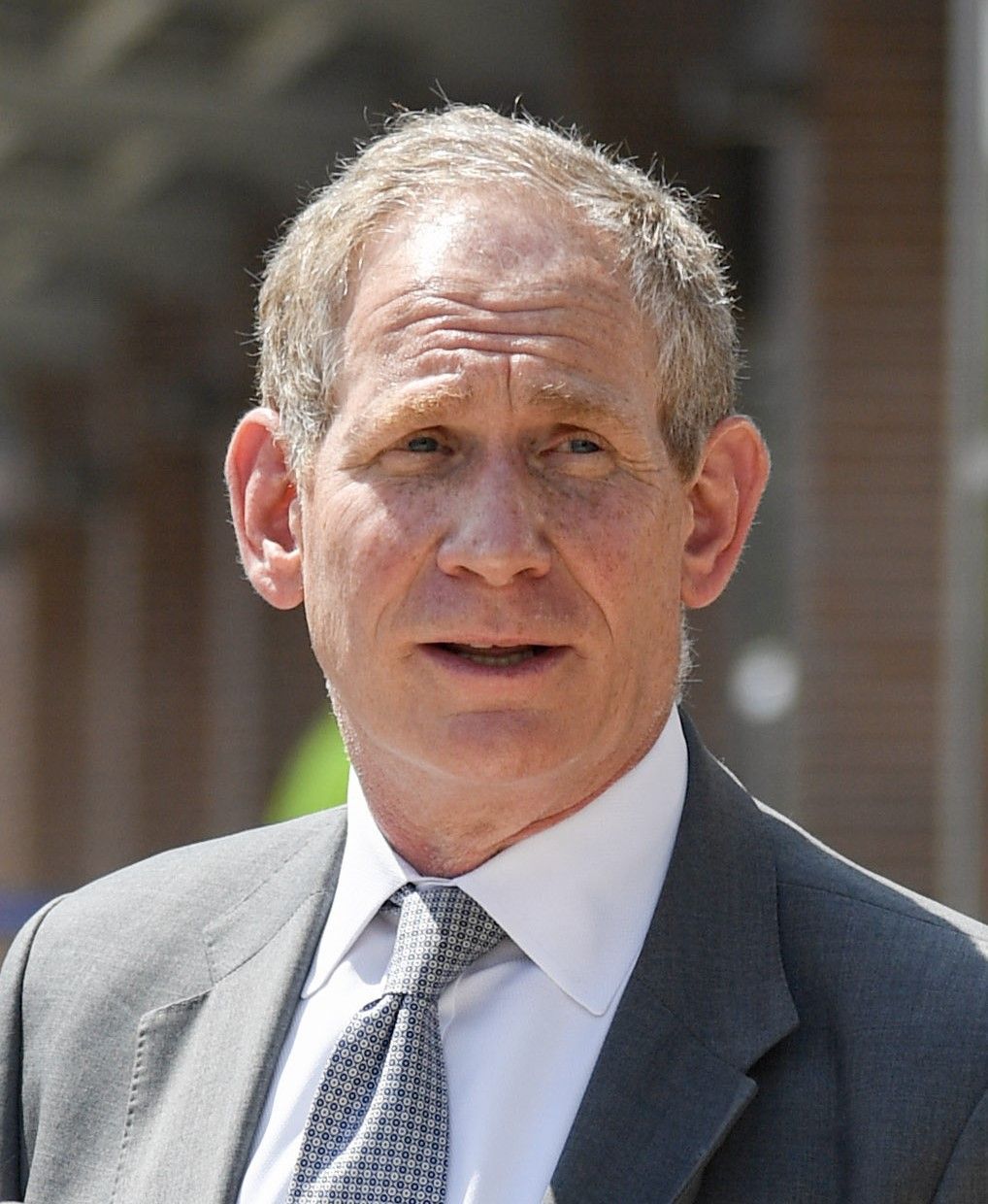
Janno Lieber
Janno Lieber, MTA Chair, discusses Fure of Subway & Commuter Lines
By David A. Andelman
Mass transit “for us, is like air and water,” said John (“Janno”) Lieber. By “us” he meant, of course, we New Yorkers, including journalists who grew up with the city’s subways and buses as the lifeblood that took us to stories and back to our newsrooms, then home again at night. “I grew up in New York in the 1970s, when much of New York seemed not to be working,” Lieber began. He paused, flashed a winning gap-toothed grin, then added, “We’ve got a long way to go but know how far we have come already.”
In the hour he spent with us Silurians for lunch at the National Arts Club on October 19, Lieber affirmed “we need more transit not less.” But above all, though he just took office this past January, “We set our road back in the 2017 summer from hell, when the system stopped functioning.” And then he began detailing just what Janno Lieber’s MTA has managed to accomplish: a new entrance to Penn Station that really looks like a subway entrance—“twice as wide, 10 feet higher.” Then there are the 15 newly handicapped accessible stations in a year and a half, “the East Side access project we’ll get done this year—a genuine regional rail system that you can ride from Long Island to Dutchess County.” In terms of security, the system has gone from 3-4,000 cameras to 10,000 cameras. “Today,” Lieber asserted, “if you do crime in the subway system, you will get caught.”
The MTA is also making real progress, he said, on the Omni system that will replace today’s Metro card in as revolutionary a fashion as the paper Metro card replaced the old token of my youth. (I found one in an old coat pocket just the other day—imagine!) But, he conceded, “we’re fighting with banks over the Omni system and how much banks will charge.”
As it happens, back in 1979 to 1980, another epiphanal moment for the MTA, newly back from two fraught stints in Southeast Asia and Eastern Europe, I was the transportation reporter for The New York Times. Richard Ravitch, later New York’s lieutenant governor, had just been installed in the job Lieber now occupies. The language of the two men, the challenges they had to confront, the resources that were all too absent, could have been nearly interchangeable. Both inherited a system that, as Lieber told us, was a product of the Robert Moses era “when they undervalued mass transit.” But in the respective ages of Ravitch and Lieber there were similar problems of lack of resources and other spiraling troubles. With one vast, yawning difference: Richard Ravitch never found his city plunged into a pandemic.
Now, even as New York begins to emerge from COVID, ridership is still barely 60 percent to 65 percent of a comparable week in the pre-COVID era. Wall Street is still functioning at barely a 50 percent run-rate. Most of the riders who do patronize the city’s subways “are essential workers. They’re coming from outer borough neighborhoods, communities of color, disadvantaged communities.” In Manhattan, “we’re waiting for white collar office workers to come back.” Weekends are still a bright spot at 90 percent of the pre-COVID passenger load. Much of that is tourism, of which Lieber admits the city could still use much more.
And at its foundation, a top problem for Lieber, as it was for Ravitch back in my days, remains money. “We’re $1.8 billion per year in revenue down from pre-COVID,” he said. “What I tell Albany is that cutting services is not the way to play. That’s not good for any of us.” Continuing that theme, Lieber observed, “We need a funding plan that assures mass transit will be able to be provided at the right level. We should not have total reliance on the fare box. So we’re funding the system on the backs of the riders, and we need to deal with that.”
Much of this was language I heard repeatedly from Ravitch, who was driven by this back in 1979 to 1980. I still recall vividly the call I had from him late one evening in the fall of 1980 when I had put in my notice and was leaving The Times for CBS News. He pleaded with me to let him come to my very small apartment. It was late, my two-year-old son was asleep, my wife furious that I would entertain such a visit. But Ravitch could be persuasive, even when I impressed on him that I was moving to Paris for CBS and would never again be reporting on him. For two hours, he sat in my living room, pouring out his heart—eventually I came to believe, as much if not more for his benefit than for mine—explaining that everything he did, all he asked, was for the people of the MTA region.
I was almost persuaded. As I was, after listening to Janno Lieber more than 40 years later.


